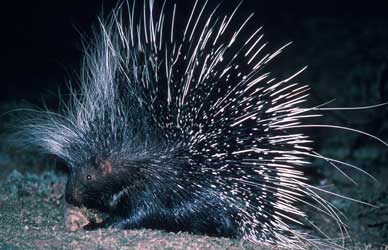Tanzania is filled with adventure, from the unforgettable thrill of seeing the Big Five on safari to its dramatic landscapes, sun-drenched beaches, captivating people, intriguing cultures, sumptuous food and vibrant music. There is so much to see and do, and a great number of exceptional destinations to choose from.
Adding to the thrill of the adventure is the sense of mystique that still permeates this vast country, which its untouched wild places. Tanzania is a land of magic and mystery, but it is also a quintessentially modern country. Stretches of pristine wilderness where rural people still live out the traditions of old are interspersed with vibrant, bustling cities and the most up to date facilities. At Nungunungu, we help you make sense of the many contradictions that Tanzania offers with tips about travel on this extraordinary country.
SAFETY PRECAUTIONS
African hospitality is legendary and travellers are warmly welcomed. However, as always when travelling, it is wise to take basic security precautions. Make sure you carry a record of your passport number, airline tickets, traveller's cheques and credit card numbers, and ensure that these items are kept in a safe place. Make use of hotel safe for expensive items and never leave baggage or personal items unattended in public. Do not walk or park in isolated spots after dark. If in doubt, ask your hotel concierge about the safety of the locations you want to visit.
TRAVELLING WITH CHILDREN
Tanzania offers wonderful value for families, with many lodges and camps running specialised children's programmes.For safety reasons, children five years and younger are generally not allowed on game drives. Please note that there may be different age limits for walking safaris and adventure activities. Our travel experts can advise you of these and recommend the best family travel options.
CURRENCY
As certain African currencies are difficult to exchange outside their country of origin, it is advisable to only change money as required. Most international airports have banks where money can be changed, and facilities are usually available at hotels and safari lodges. Most major credit cards are widely accepted, although not at remote bush lodges. As exchange rates fluctuate, it is a good idea for you to check with your local bank or business media before departure. ATMs are available across Tanzania. Should you bring cash, we recommend that it be US dollars in notes of $50 and less. One dollar notes are very handy for tipping.
DRESS CODE
You will require comfortable, casual and semi-casual clothes for a trip to Tanzania. Bright colours are not suitable for game viewing, and game drives are conducted in the early morning and late afternoon, which can be cold, especially in winter. Light cotton trousers or shorts and shirts (both long and short sleeved), comfortable walking shoes, windbreaker, sunhat and fleece are all useful. For winter, pack a warm jacket. In the cities, evening wear in most restaurants is smart-casual and few, if any, will require a tie or jacket.
PHOTOGRAPHY
Most Tanzanians who have been regularly exposed to tourists do not mind being photographed, but it is always polite to ask for permission, particularly if you are taking a photo of a women. Some tribes in rural areas, particularly the Maasai, may resent being photographed without permission. Many African countries also have restrictions on where you can take photos, and it is safer not to take shots of airports, military installations, border posts, bridges and railways stations.
Film and memory cards are generally available in bigger towns and cities, but it is important to check expiry dates and bear in mind that these may have been stored in areas with high heat and humidity. For best results, it is probably safer to bring your own supplies.
BEGGARS AND HAWKERS
Poverty is a reality in parts of Africa and you should be prepared to encounter a number of beggars and hawkers. Although it may be difficult to resist, please don't hand out money, sweets or other goods to children on the streets. Should you want to make a contribution, consider donating to a community centre, school or other local programme that is able to make a difference in a sustainable manner.

























